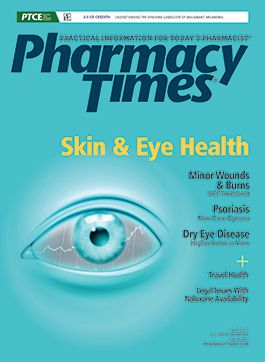Publication
Article
Pharmacy Times
Systolic Blood Pressure Decreases Can Reduce Mortality
Author(s):
Intensive treatment focused on lowering systolic blood pressure could lead to significant reductions in mortality rates, according to the results of a recent study published in Circulation.
Intensive treatment focused on lowering systolic blood pressure could lead to significant reductions in mortality rates, according to the results of a recent study published in Circulation.
Current guidelines recommend that patients maintain a systolic blood pressure of below 140 mm Hg. To investigate the possible effects of lowering this treatment goal to a maximum of 120 mm Hg, the research team evaluated data on 9350 patients 50 years and older who had hypertension and were at high risk of cardiovascular disease. Patients who were treated to achieve a blood pressure of less than 140 mm Hg received an average of 2 medications, while those intensively treated to achieve a target of less than 120 mm Hg received an average of 3 medications.
Based on their analysis, the researchers determined that there was a 27% reduction in mortality from all causes among patients whose systolic blood pressure was lowered to below 120 mm Hg, compared with those who achieved a blood pressure of below 140 mm Hg; this was estimated to translate into approximately 107,500 deaths prevented each year in the United States.
The study authors noted that although intensive blood pressure treatments can save lives, the patients who underwent these treatments were also more likely to experience adverse events such as low blood pressure, fainting, and electrolyte disorders. However, they added that most of these effects could be reversed by lowering the dosages of blood pressure medication.







